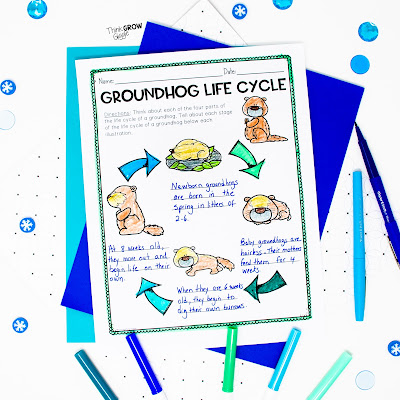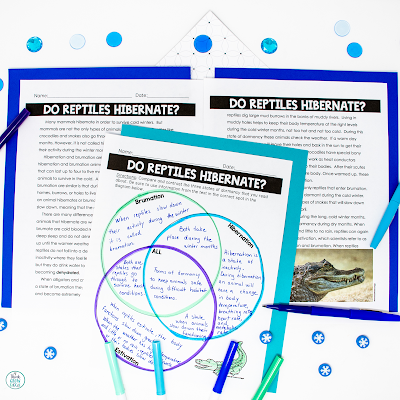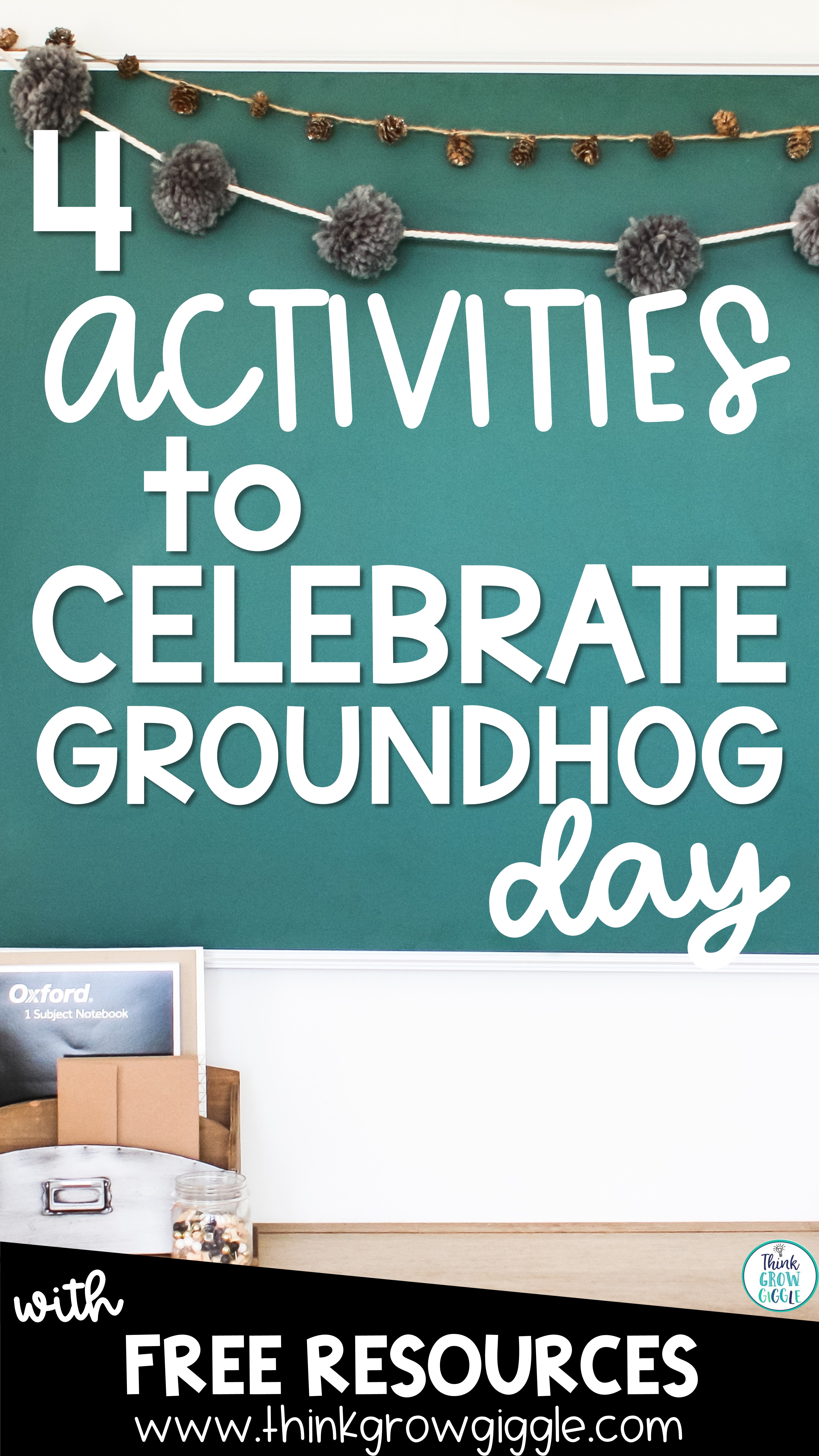Groundhog Day is one of those "burst of fun holidays" that offers a nice break from the day-to-day work of the long winter season.
This holiday of Groundhog Day offers so many opportunities for bringing rigor into the classroom disguised as fun holiday celebrations. Really, there is no better way to add instant engagement in the upper elementary classroom than by bringing the holidays into your lessons.
When it comes to February in my classroom, we dive deep into all things groundhogs in all areas of instruction: writing, nonfiction reading, science, and even test prep.
Read on to find out how easy it is to engage students in all things groundhogs!
1. Debate it Out!
2. Let's Read Nonfiction
Nonfiction and animals are ALWAYS an instant motivator for students when it comes to reading. Why not focus on reading everything there is about groundhogs?
These little marmots have a lot of "cool facts" about them that hook students in! Did you know that groundhogs were born blind and hairless? My students LOVE reading about these little guys, their unique burrows, their interesting life cycle, and the history of everyone's favorite groundhog: Punxsutawney Phil!
All of this is easily tied into our nonfiction reading unit as we focus on:
• Nonfiction
Structure: how the informational text is organized {think: cause
and effect}
• Nonfiction
Text Features: features found in the text to help students digest
the information they read {think: captions and headings}
• Nonfiction
Reading Strategies: reading strategies that help students
understand the text more deeply {think: questioning and visualizing}
By incorporating the holiday into the nonfiction standards we are already working on, there is no loss of instruction time. #teacherwin
3. Make Science Connections
Studying hibernation is a great way for students to make connections between animals in the animal kingdom. Students work together to collect information about animals that hibernate. But it is important to remember that mammals are not the only ones who prepare for winter and go into a deep sleep. Snakes, alligators, and spiders all have their own version of hibernation. In fact, animals prepare for difficult living conditions like extreme cold, extreme heat, and extreme droughts.
That is why we focus on learning and making connections between:
- hibernation
- brumation
- estivation
By using nonfiction articles on these topics, having students research and gather their information, and practice close reading strategies we are able to tie together informational research, science, and close reading standards...all while engaging students with a little fun.
4. High-Interest Informational Videos
While I hate to admit it, yes I am required to do some test prep in the winter to get ready for the spring standardized testing. It is definitely not on the top of my favorite things to do in the classroom, which is why I do my best to make it fun.
And thanks to Groundhog Day, we can sneak in a little test prep.
Since my class always needs a little help collecting information from multiple sources to write expository essays, we use the topic of groundhogs and Groundhog Day to practice. By mixing in informational articles and high-interest short videos, students are able to gather a lot of information on the same topic.
I collected all of my favorite and FREE educational videos about Groundhog Day that I use with students and compiled them HERE for you to use, too!
Grab the free organizers below for your students to collect information as they watch the videos. Once they have all of the information in note format, have them write an informative essay about groundhogs or the history of Groundhog Day.
I love using the holidays in my classroom to engage students and take a break from the day-to-day! When you use holidays in meaningful ways students are instantly motivated, participation increases, and authentic learning takes place!





















